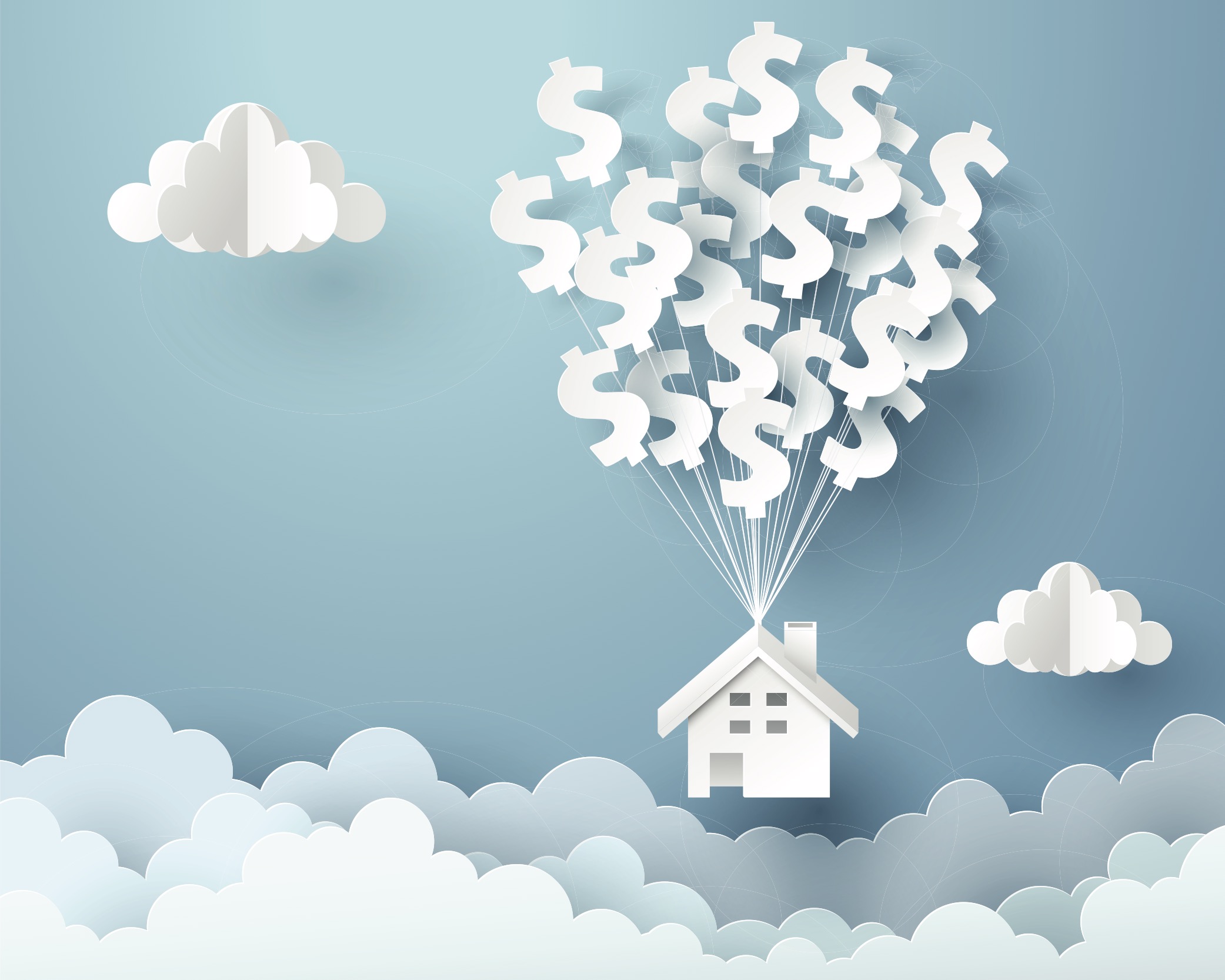Details on Federal Mortgage Fee Adjustments

Contents
I have been fielding many questions regarding the newest Federal Housing Finance Agency (FHFA) fee structure and how it affects your borrowing potential. I will try to answer some of the most common questions.
What are LLPAs?
Loan-Level Pricing Adjustments, or LLPAs, have been around for some time. They are based on several factors that including loan to values (LTV), credit scores, property types, purpose of the loan (purchase, refinance, cash out refinance, etc.). As an example, you want to purchase a new home for $425,000 and have 20% to put down. Your mortgage would be in the amount of $340,000.00. If your credit score is 750, your base LLPA would start at .875% of the loan amount, or $2,975.00. You might ask, “Is this fee added to my closing costs?” The answer is, “It depends.”
While you do have an option to pay the LLPAs in cash at closing, you also have an option to increase your interest rate to “cover” that additional cost.
Fannie Mae’s updated Loan-Level Price Adjustment Matrix shows LLPAs applicable to Fannie Mae loans.
Why are LLPAs imposed?
In 2008, the FHFA introduced LLPA into conventional mortgage lending to offset the significant losses the two Government-Sponsored Entities (GSEs) Fannie Mae and Freddie Mac were experiencing. During that timeframe, both these organizations realized they were undercapitalized and over exposed to risk. They were also losing money at an exponential rate, and they needed a way to offset the risk. Voila, LLPAs were born.
These additional fees are literally adjustments to the price of a loan. The price of the loan is what determines the borrowers mortgage rate. Higher loan prices translate into higher mortgage rates.
I have a high credit score. Will this new fee structure cause me to pay more than someone with a lower score?
The simple answer is no. While the new fee structure will require borrowers with credit scores between 680 and 779 to pay more than they did on April 30, 2023, you may still pay less than borrowers with lower scores than yours.
The borrower in my example above has a credit score of 750 and would pay a fee of .875%, or $2,975, for their $340,000 mortgage. That same borrower with a credit score of 680 would pay 1.75%, or $5,950. If the credit score is 650, the amount increases to 2.25%, or $7,650.
You can see that your good credit still has benefits.
Why did the pricing increase?
Now that we know what LLPAs are, why they are imposed and how they affect you, let’s get into the purpose of the increase. According to FHFA Director Sandra Thompson, it’s been a while since the pricing structure has been reviewed and it was due for an update. She also states the new structure “will now be better aligned with the expected long-term financial performance of those mortgages relative to their risks.” So, if I understand this correctly, the fees are being increased “just because” and higher credit scores equal higher long-term financial performance risk? It’s a head scratcher for me.
The National Association of Realtors has a similar point of view and has raised concerns about the fee increases, stating that because of “sharp increase in mortgage rates over the last year, no homebuyers should face higher fees.” The National Association of Homebuilders is asking FHFA to reconsider the fee changes, believing “FHFA should lower fees to help all home buyers.”
If you have questions about mortgages, or mortgage fees, feel free to Contact Us.
About the Author

Jamey Dodson, Senior Vice President, Residential Lending Director
Jamey Dodson, who joined the Bank in 2018, supervises residential lending operations at all locations. He has been in banking more than 30 years and has held positions at community and regional banks in business and mortgage lending, loan operations, and sales.
Loans subject to approval. NMLS#406389

